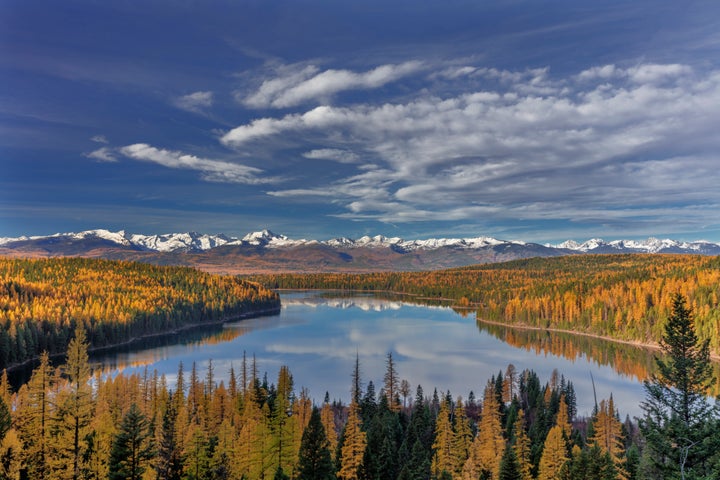
In a case of “If you love me, why don’t you show it?” the Trump administration is again asking Congress to all but eliminate funding for the popular Land and Water Conservation Fund, which protects natural areas and water resources, just days after the Interior Department’s leader called the program a priority.
The proposal to slash its budget by 95 percent is part of President Donald Trump’s $4.75 trillion 2020 budget blueprint released Monday. But last week, acting Secretary David Bernhardt told those gathered at a conservation conference in Denver that funding the program, considered one of America’s most important conservation tools, was a “priority” for the administration.
The Land and Water Conservation Fund, established in 1964, uses offshore fossil-fuel revenue to acquire land and establish and protect parks, wildlife refuges, forests and important wildlife habitat. It also provides matching grants to states and local governments to fund recreation areas, recover endangered species and protect forest lands and other habitats.
Funding lapsed in late September, but a bipartisan public lands package passed by both chambers of Congress last month would permanently reauthorize the fund. Trump is expected to sign the bill as early as this week.
However, the Trump administration’s budget for 2020 calls for a 14 percent cut at the Interior Department, which has an overall budget of $12.5 billion. The plan would slash the federal portion of LWCF from $156 million down to just $7.6 million. That closely mirrors the administration’s 2019 budget request, which also sought a 95 percent cut.
Last month, Bernhardt took to Twitter to applaud the Senate’s passage of the sweeping public lands bill.
“The Trump Administration fully supports reauthorizing #LWCF and we included it in our budget last year,” he wrote.
And during a speech last week at the North American Wildlife & Natural Resources Conference, Bernhardt said that “many of the provisions” within the public lands package, including reauthorizing LWCF, were “priority projects” that the department has “been working on for the last several years.”
The Interior Department did not immediately respond to HuffPost’s request for comment.
Scott Cameron, the principal deputy assistant secretary for policy, management and budget, briefed reporters on the Interior Department’s budget proposal during a call Monday. The request, which would boost funding for energy and mineral development on public lands while making deep cuts to conservation programs, “reflects the president’s commitment to continue to strike the right balance of conservation and sustainable use of resources,” he said.
Cameron did not mention that the proposal calls for a $454 million cut in discretionary LWCF spending, including zeroing out the Forest Service’s Forest Legacy Program, which protects privately owned forest land through easements and land purchases. Instead, he highlighted that the administration is requesting a $41 million bump for the LWCF state grant program, which he said “encourages outdoor recreation and land conservation at the state and local levels.”
Interior took only three questions before ending the briefing, which it held before circulating a line-by-line breakdown of the funding request for the Department of the Interior. Asked by one reporter about programs identified for total elimination, Cameron said the agency “had to make some tough choices.”
“In the ideal world, of course, with unlimited funding, there are all sorts of things one would like to invest resources in,” he said.
Reducing funding for land acquisition would allow the department “to focus resources on supporting activities and asset repair in existing national parks, refuges, and public lands which encompass more than 500 million acres,” the White House wrote in the budget proposal released Monday.
Jonathan Asher, government relations manager at conservation nonprofit The Wilderness Society, said in a statement that the 2020 budget shows the administration is “out of touch with the people and communities who treasure our public lands.”
